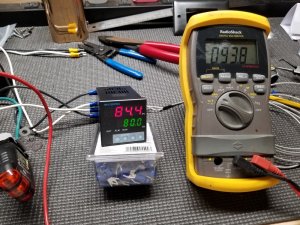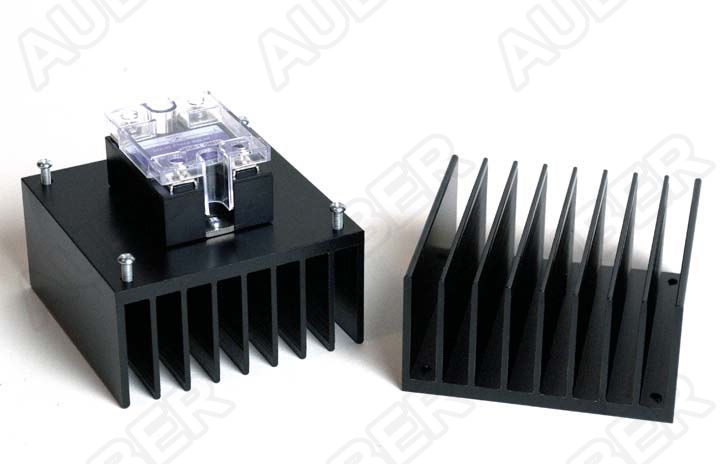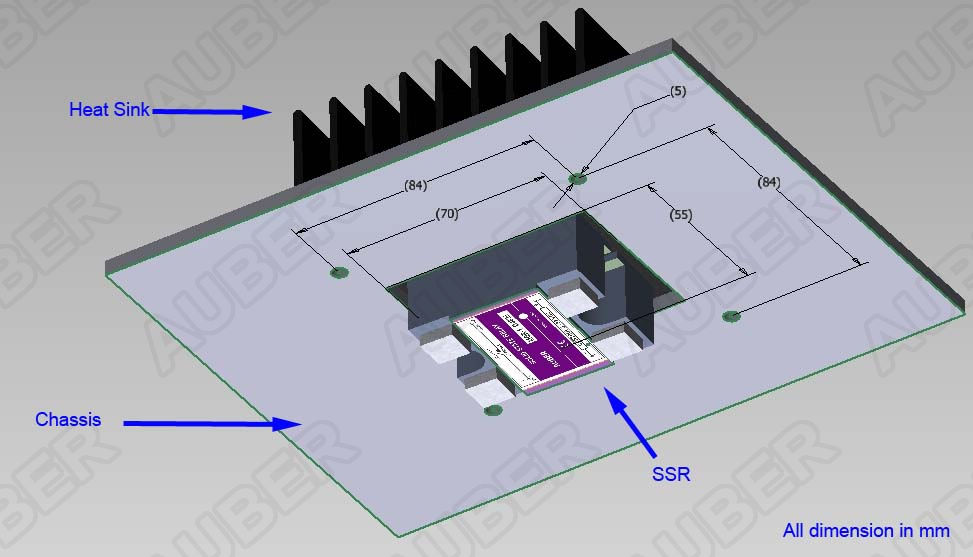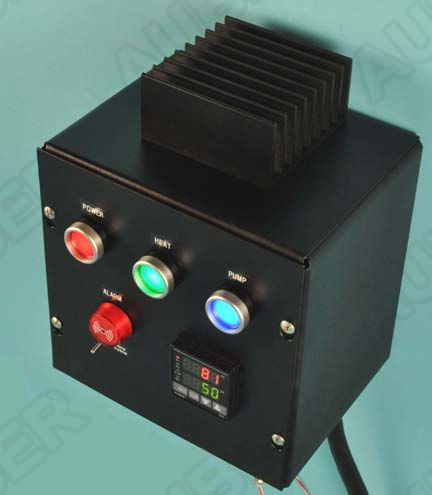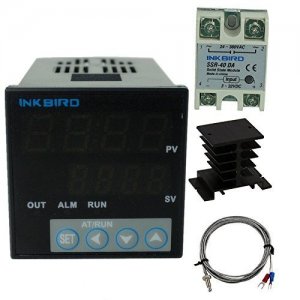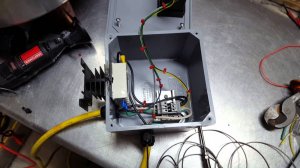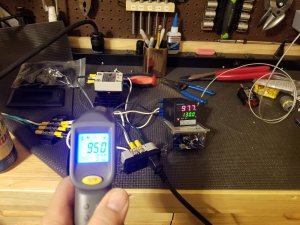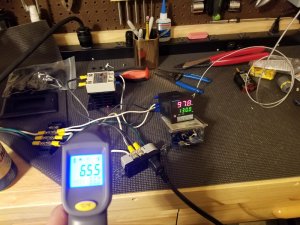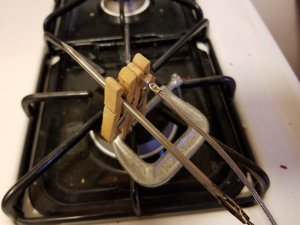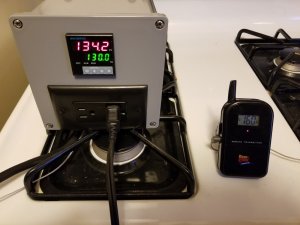- Jun 12, 2017
- 67
- 11
So I've got another thread going on the "other builds" forum about running a hotplate in my gasser for doing low temp stuff like sausage etc.
I've got a pretty firm grasp on what I need to do to get the pid wired, just need to get the parts ordered.
My question is about mounting the SSR and heatsink. I'm using a pvc box. Are people just mounting to the inside of the box? Or does that get too hot. I saw one pic online where a guy cut a slit in the side of the box and jammed the first set of fins in the slot.
Not sure what to do. Search seemed to pull up a bunch of threads that don't have pics attached anymore.
Here's the box, just the same type of box it seems everybody else is using.
I've got a pretty firm grasp on what I need to do to get the pid wired, just need to get the parts ordered.
My question is about mounting the SSR and heatsink. I'm using a pvc box. Are people just mounting to the inside of the box? Or does that get too hot. I saw one pic online where a guy cut a slit in the side of the box and jammed the first set of fins in the slot.
Not sure what to do. Search seemed to pull up a bunch of threads that don't have pics attached anymore.
Here's the box, just the same type of box it seems everybody else is using.



